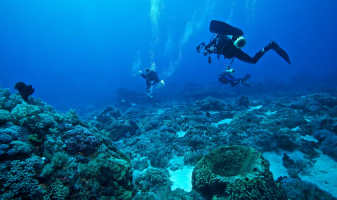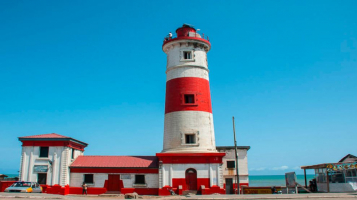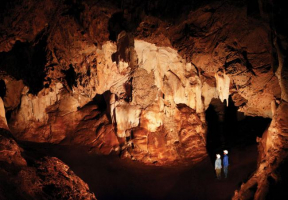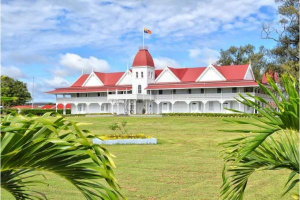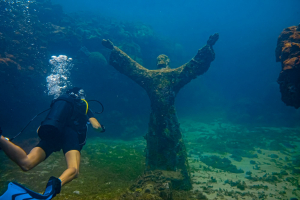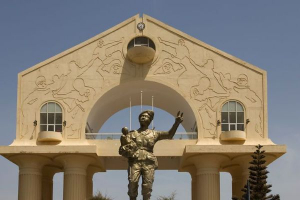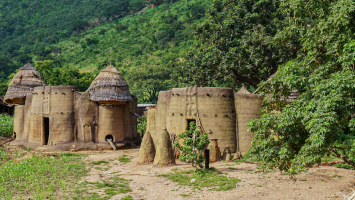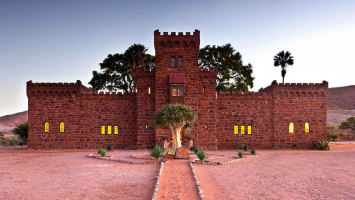Top 10 Most Beautiful Historical Sites in Taiwan
Most people associate Taiwanese architecture with one building: Taipei 101. The former highest building in the world, 101, receives all of the attention, but ... read more...Taiwan has much more to offer in terms of intriguing design. Here are some of the most beautiful historical sites in Taiwan, ranging from temples to museums.
-
The Former British Consulate at Takao was established in 1865 and today commands panoramic views of Kaohsiung port and the city from the peak of Shaochuantou. It was constructed in 1865, with a veranda and roof completed around 1900. It was the home of the British Consular Official in Taiwan. The Consulate is located at the bottom of the hill, along a meandering route.
It was substantially destroyed by Typhoon Thelma in 1977, which ravaged Kaohsiung. However, the mansion was meticulously rebuilt in accordance with the original ideas from 1900, whilst the Consulate was restored more recently. Today, the structure appears as it did during its heyday, while the mansion now houses a museum, exhibitions, and a tea parlor.
Address: No. 20, Lianhai Rd, Gushan District, Kaohsiung City
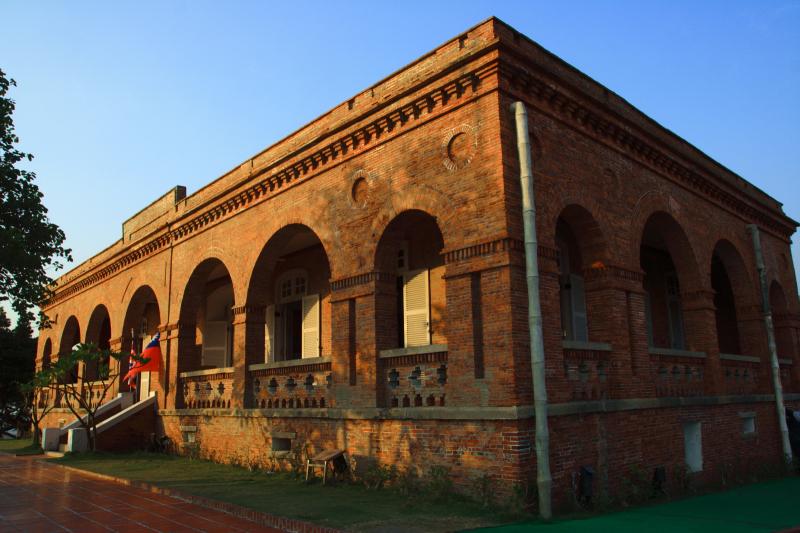
Wikimedia Commons 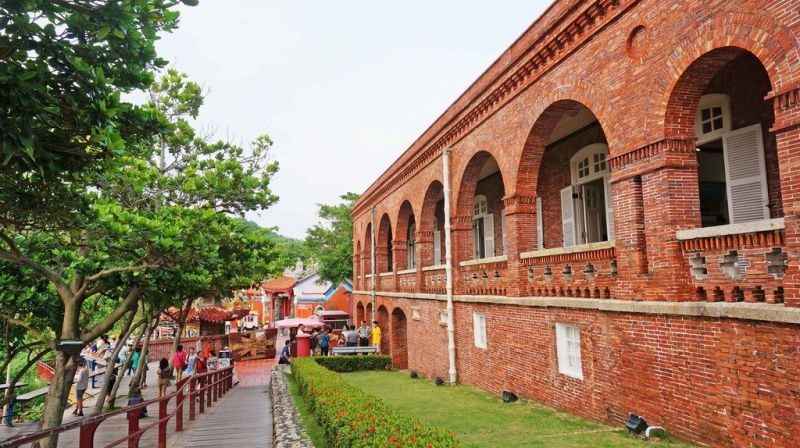
Trip101 -
Fort San Domingo is one of the most beautiful historical sites in Taiwan that you shouldn't miss when visiting this country. It is located in New Taipei's Tamsui area and dates back to the period of Spanish occupation in Taiwan. The first permanent structure was built here in 1637, but the oldest remaining structures on the site date from 1644, when the Dutch took possession. This Fort was designed to last out of brick and stone.
A wall and four gates were built around the site during the Qing Dynasty, only one of which exists now. The British took over the Fort in 1868 and were the first to paint it red, as it is now. It would have been white previously. The British owned the facility until 1980, and it currently serves as a museum following a delicate renovation in 2005.
Address: New Taipei City, Tamsui District, 中正路28巷1號
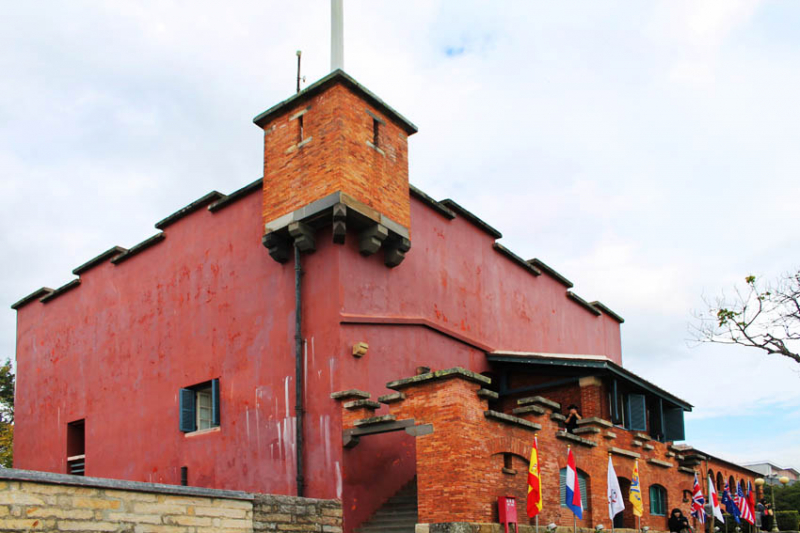
Wikimedia Commons 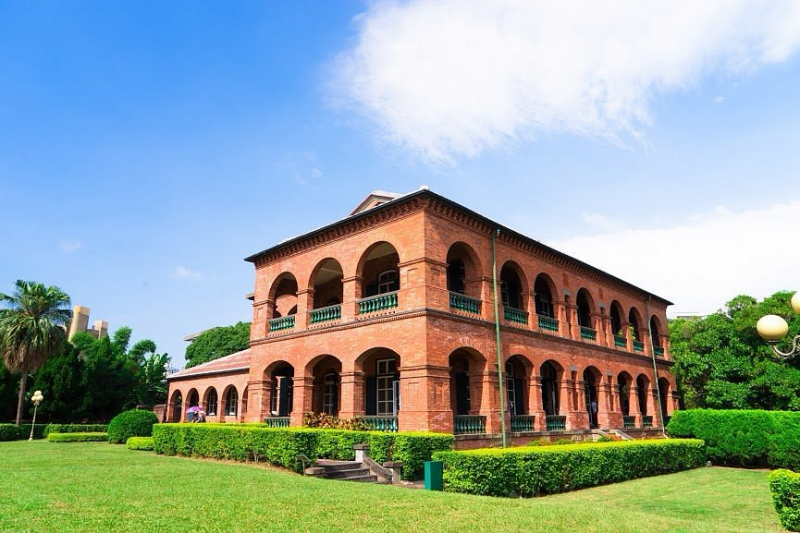
Tripadvisor -
The Tainan Confucian Temple was established in 1665 during the reign of Koxinga, but it has been repaired and expanded multiple times since then, most notably in 1712 and 1777. Some elements of the old temple were dismantled during a large refurbishment in 1917, but the site has remained untouched since then, with the most recent, and considerably more sensitive, renovation taking place from 1987 to 1989.
The temple is now a center of worship, a museum dedicated to Confucian teaching techniques, and a famous tourist destination.
Address: No. 2號, Nanmen Rd, West Central District, Tainan City
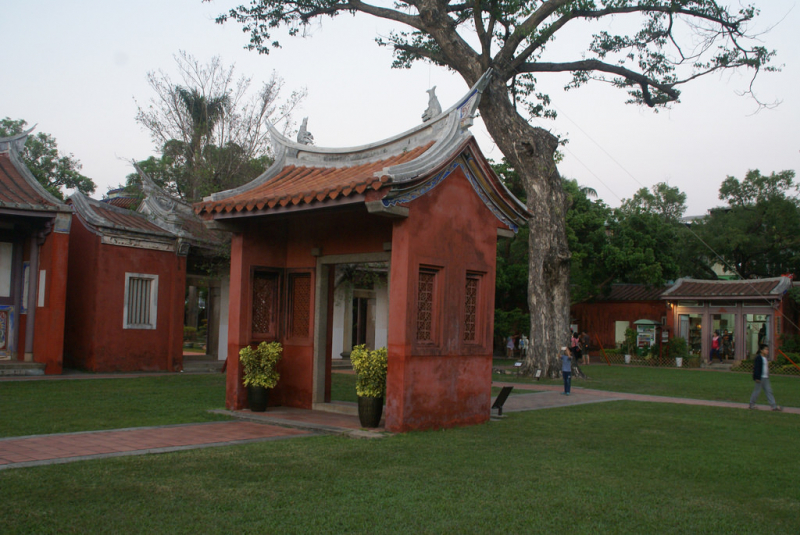
Flickr image 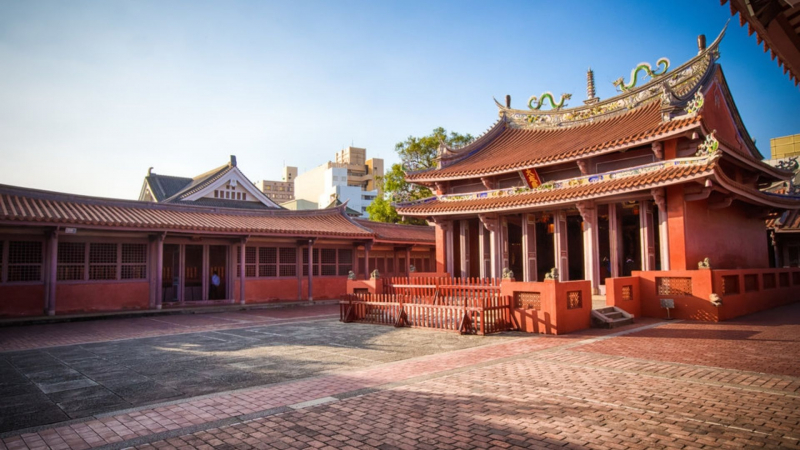
Josh Ellis Photography -
Many of Taiwan's protected ancient structures are temples, but one of the most beautiful historical sites in Taiwan is the Chaotian Temple in Beigang Township, Yunlin County. It was established in 1700 and is one of the country's largest and most well-known Mazu temples. The temple has been expanded three times since its initial construction: in 1730, 1770, and 1854.
It now has some of the most outstanding temple architecture in the country and serves as an important religious center, attracting over a million tourists each year. Many visitors come for the rowdy scene and the surrounding streets teeming with shops and food stalls, but it is definitely worth getting up close to the structures themselves if possible to appreciate their rich history.
Address: Beigang Township, Yunlin County
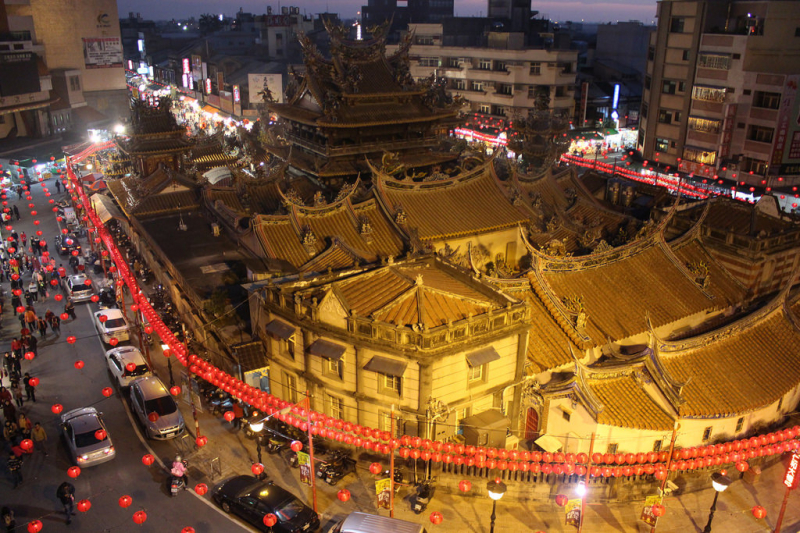
Flickr image 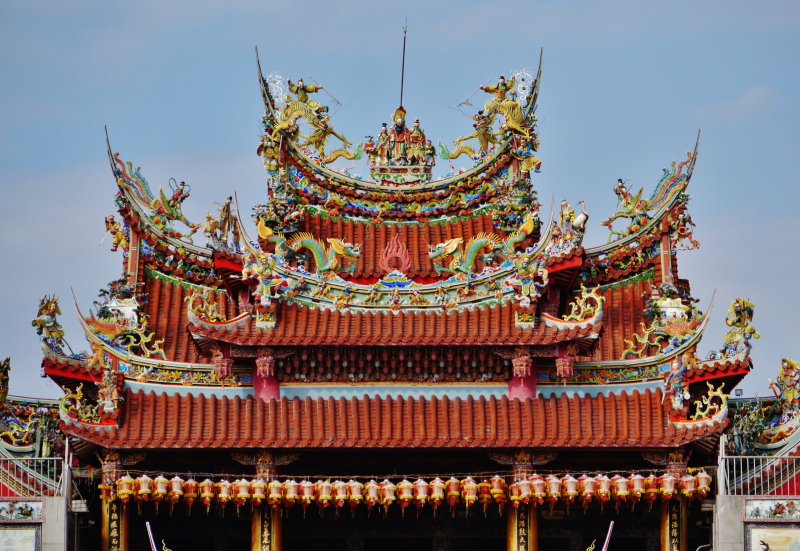
Wikimedia Commons -
The Changhua Roundhouse was erected during Japan's rule of Taiwan in 1922 and is still operational today. It is believed to be Asia's last working roundhouse. There were initially six such buildings in Taiwan, but the other five had all been demolished by the mid-1990s.
This one was only preserved as a result of a public campaign. It now hosts diesel and electric trains rather than the stream engines for which it was originally designed, and it is also a tourist attraction. There are few facilities, basically, just a walkway and a viewing deck, and visitors must evade the occasional train that comes rumbling in. It's tucked away, but it's definitely worth a visit for a glimpse into Taiwan's railway history.
Address: No. 1, Section 1, Zhangmei Rd, Changhua City, Changhua County
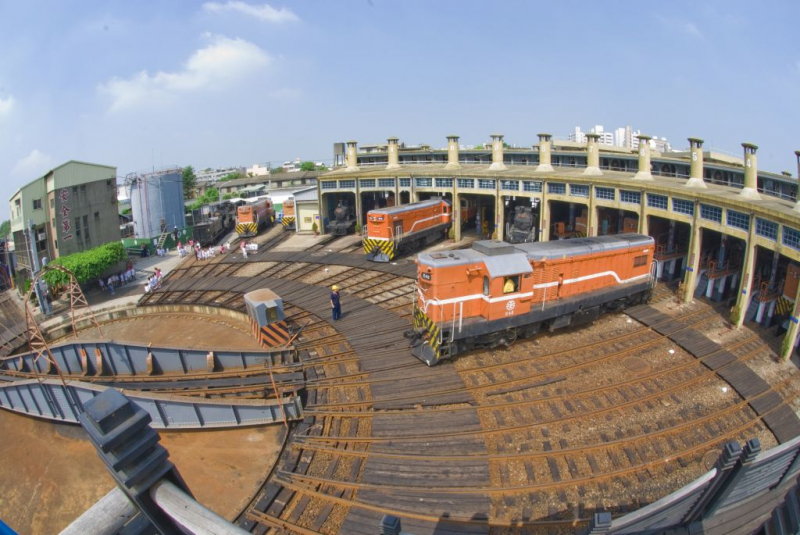
Wikimedia Commons 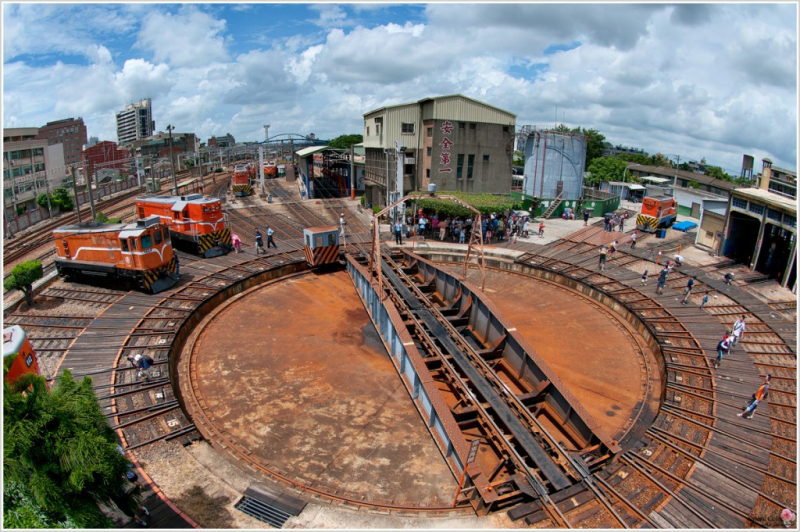
STC Filter|OPTICAL CO. LTD. -
Lin Family Mansion is one of the most beautiful historical sites in Taiwan. The oldest edifice of the Lin Family Mansion was erected around 1847 as a "rent house" and features a quadrangular courtyard that would have acted as a center for rent crop collection. The Lin Ben Yuan family built the Three-Courtyard Mansion in 1851 as their main residence.
As the home of a strong family, the mansion had various defensive elements that may still be observed today. Tourists today visit the site in Banqiao principally to admire the enormous gardens, which are regarded as one of Taiwan's Four Great Gardens. However, the structures themselves are intriguing, and if you can get on a tour, there are lots to see inside as well.
Address: No. 9, Ximen St, Banqiao District, New Taipei City

Wikimedia Commons 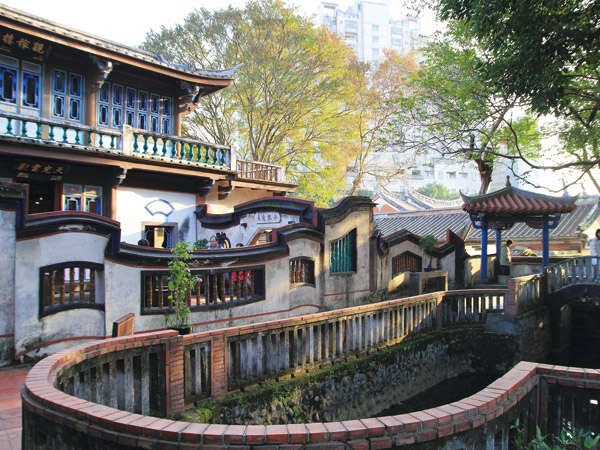
臺北旅遊網 -
Many believe Shennong Old Street, formerly known as Beishi Street, to have the greatest preserved traditional street architecture in Taiwan. This working-class neighborhood was a commerce hub during the Qing Dynasty, where various items were bought, sold, and kept.
After a period of decay, the street began to be gradually restored in the mid-1990s. The roadway was repaved, new lighting was installed, and some buildings along the street were restored to their former glory. This process is still ongoing, with some of the structures now housing galleries and tea houses.
There is still much work to be done, but Shennong Old Street provides a rare glimpse into how Tainan used to be.
Address: Shennong St., West Central Dist., Tainan City 700,
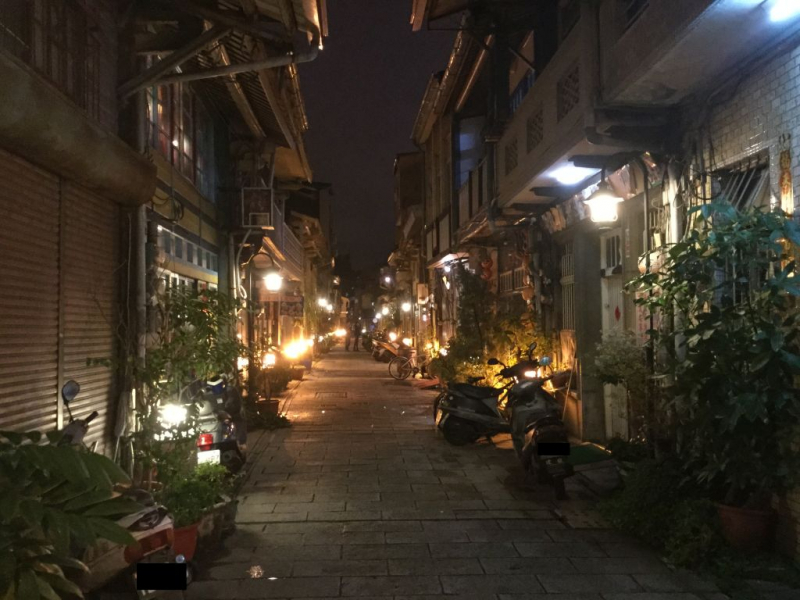
Wikimedia Commons 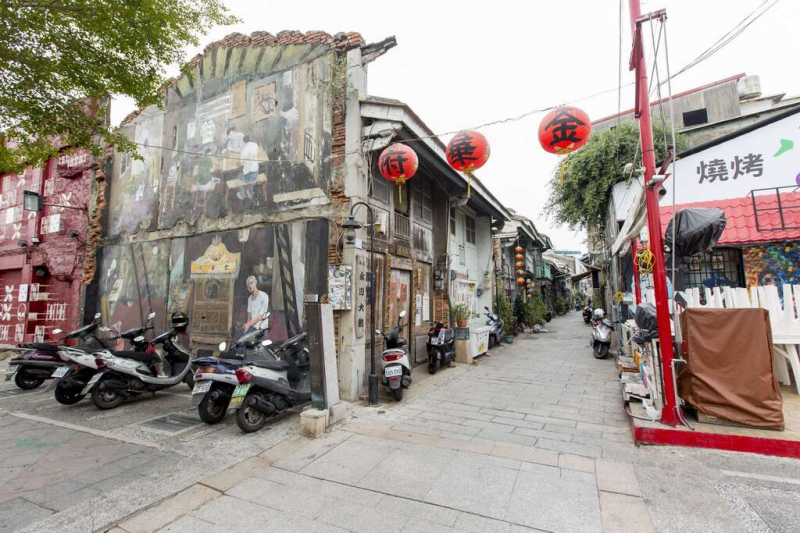
www.twtainan.net -
The Zhaishan Tunnel in Kinmen was built in the early 1960s, following the Second Taiwan Strait Crisis of 1958. They were abandoned in 1986 and could have easily fallen into decay and been forgotten. Soldiers who had served in Kinmen remembered the tunnels and campaigned for their preservation, and they were opened to the public in 1998.
Visitors can walk through and experience the magnitude of this man-made tunnel and adjoining river, which is large enough to conceal small naval ships. It truly provides a rare glimpse into the military battles between Taiwan and China, which would have been lost if not for a few campaigners.
Address: 893, Kinmen County, Jincheng Township, 90號
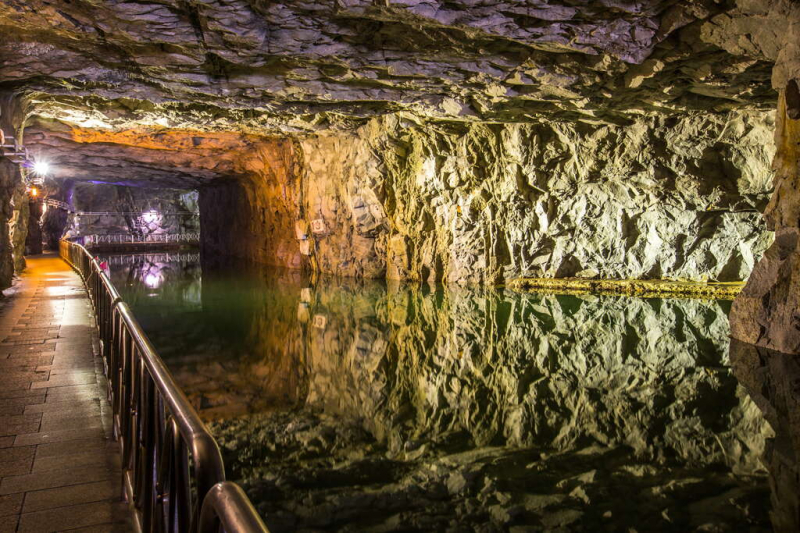
kinmen.travel 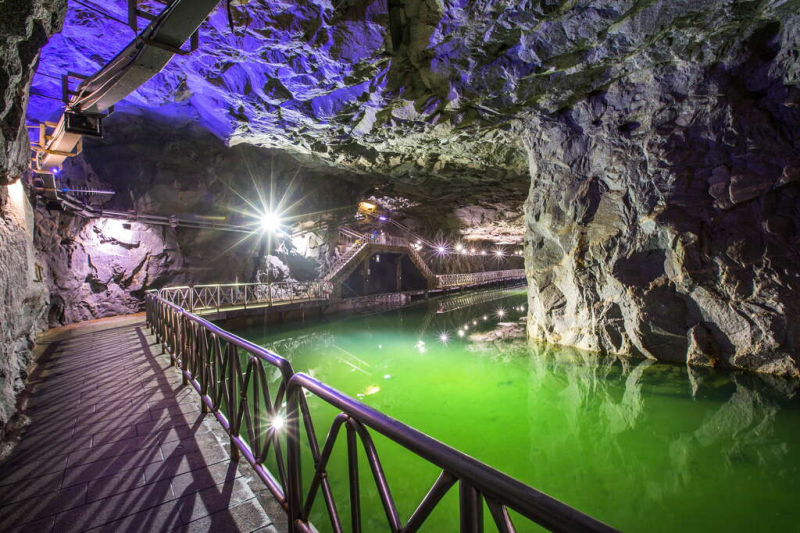
kinmen.travel -
The former Japanese Navy Radio Station is another place on our list of the most beautiful historical sites in Taiwan. The former Japanese Navy Radio Station in Fongshan was erected in 1919 and operated as the Japanese Navy's major radio communication station between the port of Kaohsiung and Japan for thirty years. However, it took a darker turn after the Chinese Nationalists relocated their capital to Taiwan in 1949. It was converted into a detention and interrogation facility for military detainees.
It also played a role in the White Terror and was given the fairly sinister moniker "Fengshan Guest House." It was later used as a Navy training facility before being decommissioned. The site is now managed by the Bureau of Cultural Heritage and provides information about its unique and varied history.
Address: Shengli Rd, Fengshan District, Kaohsiung City
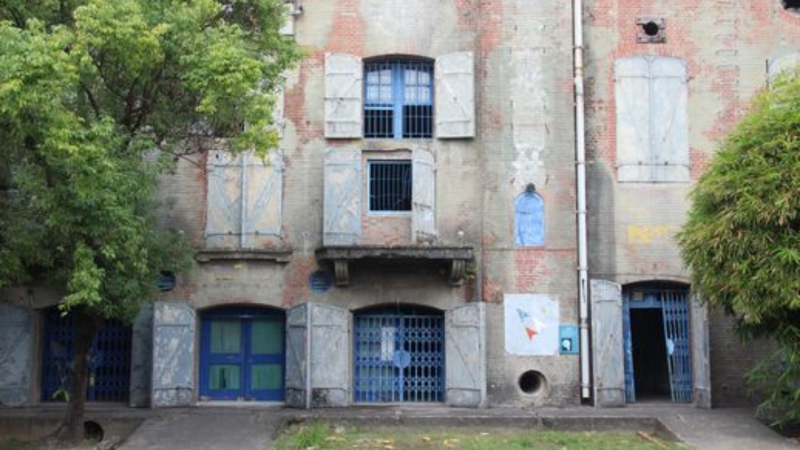
Bureau of Culture and Heritage, Ministry of Culture 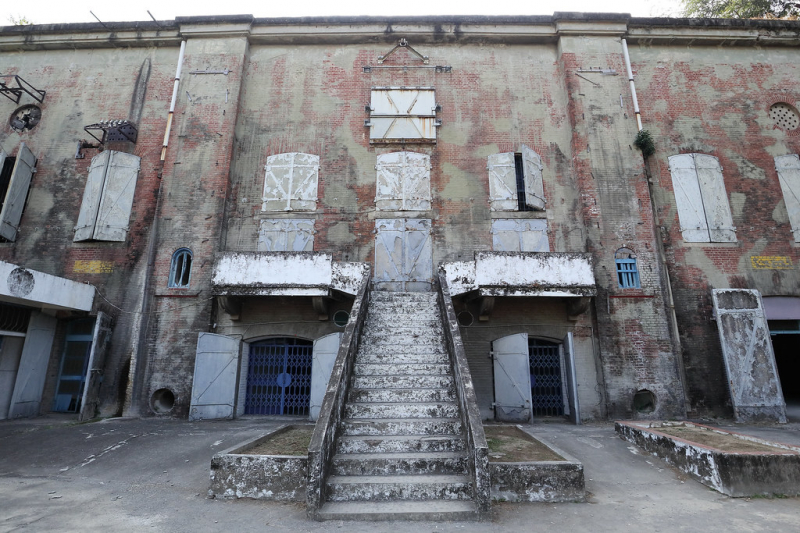
Photo on Flickr (https://live.staticflickr.com/7822/46663030932_8d0014356b_b.jpg) -
The most visible recent restoration effort in Taiwan was the renovation of Taipei's North Gate Square after an 18-month project. Taipei City Mayor Ko Wen referred to the new gate as the Taipei Arc de Triomphe.
It's undoubtedly stunning, and it's an upgrade over the 1966 restoration of the East Gate, South Gate, and Little South Gate, which used iron-reinforced concrete and saw them completely redone. The city walls themselves were built in 1882 during the Qing Dynasty and originally spanned 5.32 kilometers. As Taipei grew, various sections of the wall and associated structures were dismantled, but much of it still stands, with the North Gate unquestionably the crown jewel.
Address: Zhongzheng District, Taipei City, Taiwan
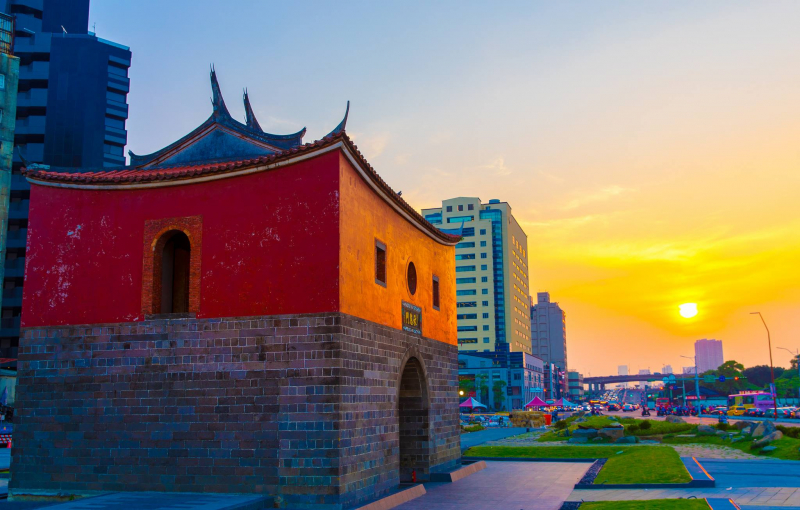
Taipei Mayor Ko Wen-je (柯文哲) Facebook page 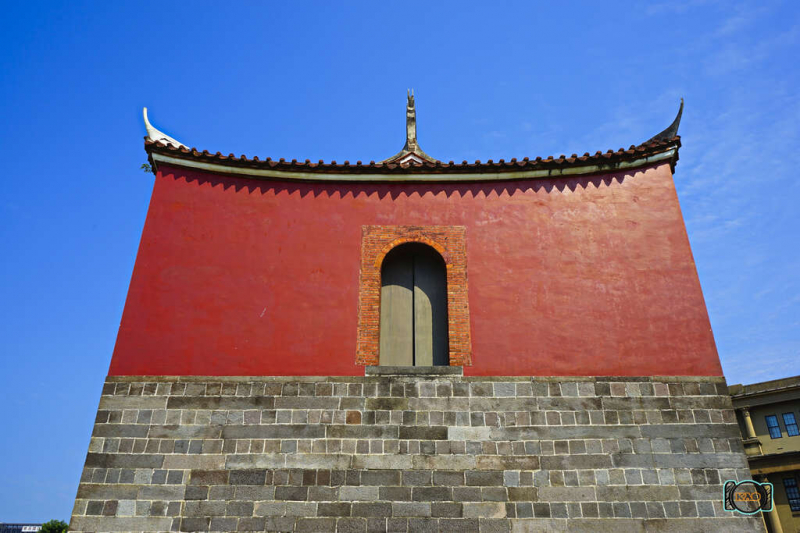
臺北旅遊網












